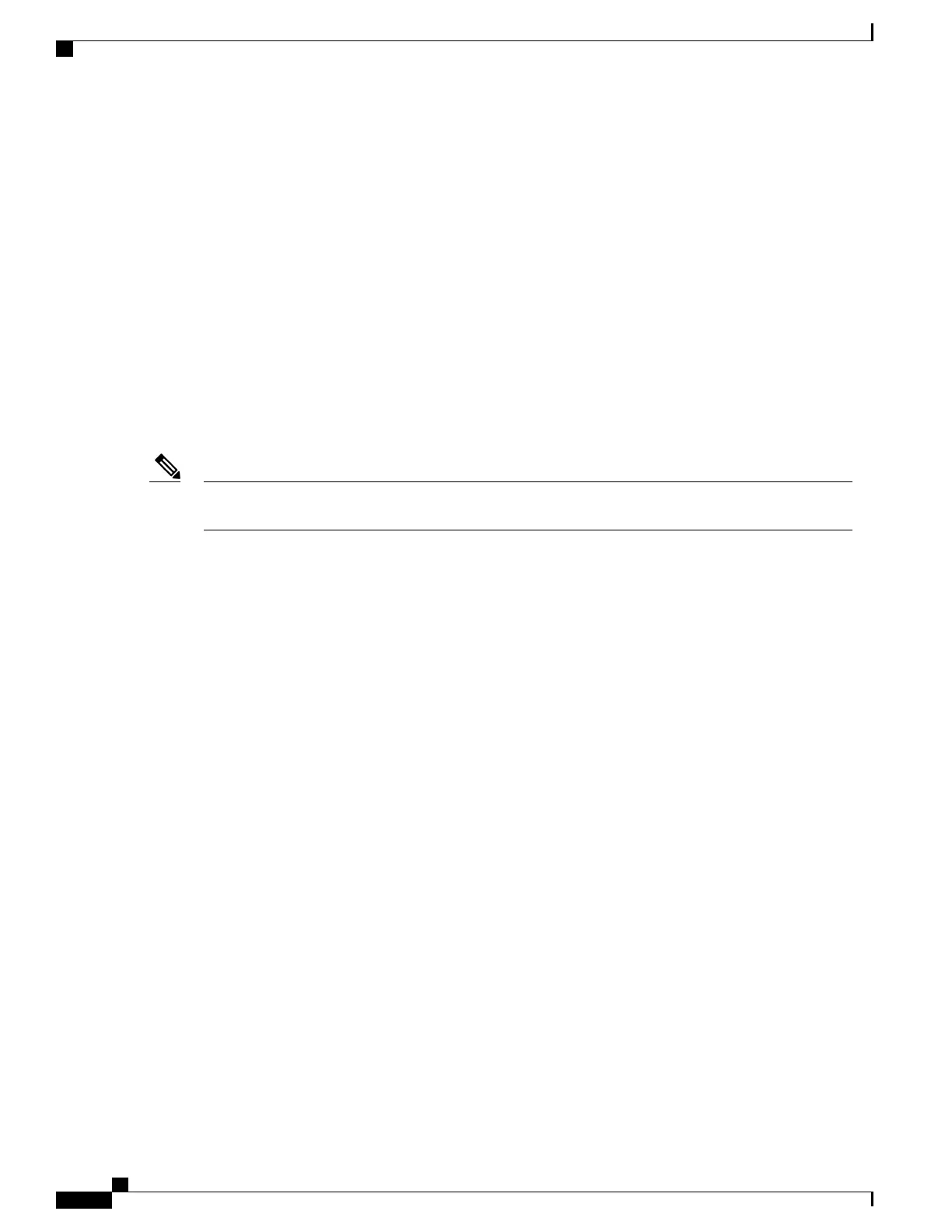This example shows how to configure resilient per-ce label allocation mode using a route-policy:
RP/0/RP0/CPU0:router# configure
RP/0/RP0/CPU0:router(config)# route-policy route1
RP/0/RP0/CPU0:router(config-rpl)# set label-mode per-ce
RP/0/RP0/CPU0:router(config-rpl)# end
BGP VRF Dynamic Route Leaking
The Border Gateway Protocol (BGP) dynamic route leaking feature provides the ability to import routes
between the default-vrf (Global VRF) and any other non-default VRF, to provide connectivity between a
global and a VPN host. The import process installs the Internet route in a VRF table or a VRF route in the
Internet table, providing connectivity.
Directly connected routes cannot be leaked using BGP VRF Dynamic Route Leaking from default VRF
to non-default VRF.
Note
The dynamic route leaking is enabled by:
•
Importing from default-VRF to non-default-VRF, using the import from default-vrf route-policy
route-policy-name [advertise-as-vpn] command in VRF address-family configuration mode.
If the advertise-as-vpn option is configured, the paths imported from the default-VRF to the
non-default-VRF are advertised to the PEs as well as to the CEs. If the advertise-as-vpn option is not
configured, the paths imported from the default-VRF to the non-default-VRF are not advertised to the
PE. However, the paths are still advertised to the CEs.
•
Importing from non-default-VRF to default VRF, using the export to default-vrf route-policy
route-policy-name command in VRF address-family configuration mode.
A route-policy is mandatory to filter the imported routes. This reduces the risk of unintended import of routes
between the Internet table and the VRF tables and the corresponding security issues. There is no hard limit
on the number of prefixes that can be imported. The import creates a new prefix in the destination VRF, which
increases the total number of prefixes and paths. However, each VRF importing global routes adds workload
equivalent to a neighbor receiving the global table. This is true even if the user filters out all but a few prefixes.
Hence, importing five to ten VRFs is ideal.
Configure VRF Dynamic Route Leaking
Perform these steps to import routes from default-VRF to non-default VRF or to import routes from non-default
VRF to default VRF.
Before You Begin
A route-policy is mandatory for configuring dynamic route leaking. Use the route-policy route-policy-name
command in global configuration mode to configure a route-policy.
BGP Configuration Guide for Cisco NCS 5500 Series Routers, IOS XR Release 6.2.x
100
Implementing BGP
BGP VRF Dynamic Route Leaking

